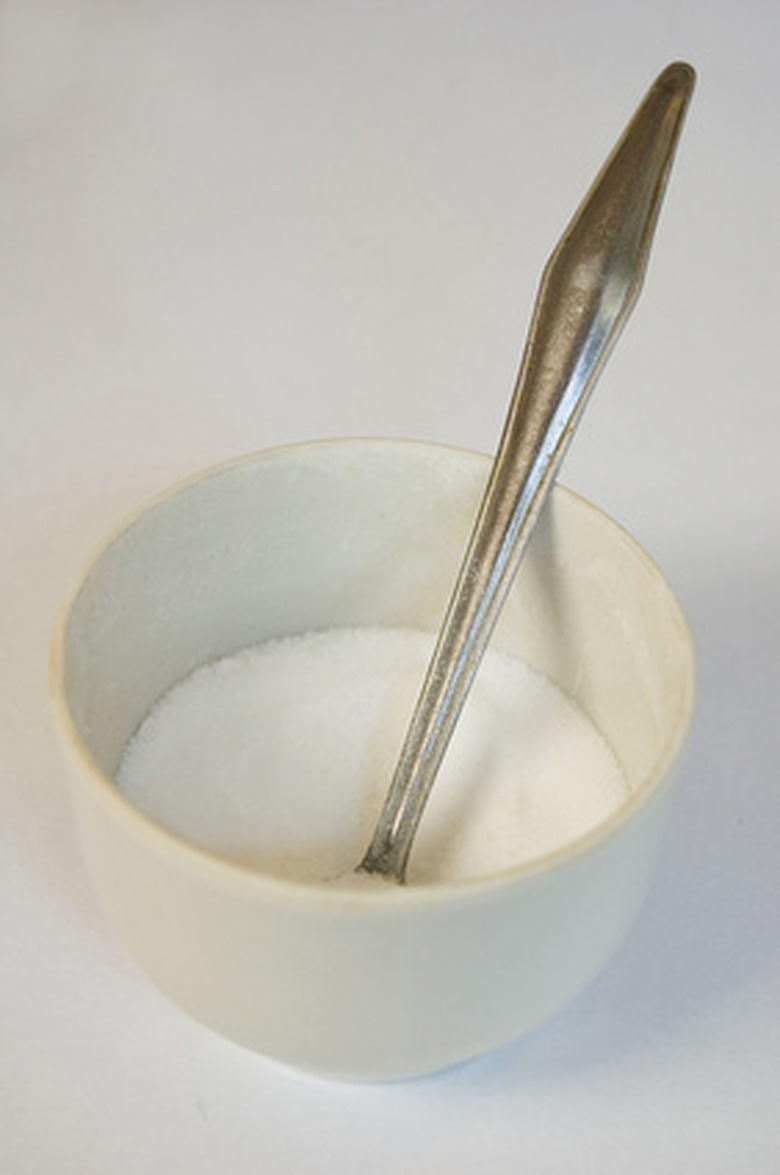How To Water House Plants With Epsom Salts
Things Needed
- Watering can or bucket
- Epsom salts
- Measuring spoons
Epsom salts help nourish your houseplants by providing magnesium–the building block of leaves' green chlorophyll pigment. Also known as magnesium sulfate, Epsom salts dissolve readily in water and absorb into roots when soaked into the soil. Being organic, these nonsalt crystals do not harm plants, even when you accidentally add a bit too much when making a dosage.
Step 1
Fill your watering can or container with 1 gallon of water. Allow the filled container to rest for at least an hour to warm to room temperature and allow any chlorine additives to evaporate.
Step 2
Measure 1 tsp. of Epsom salts, add it to the water, and stir it in.
- Epsom salts help nourish your houseplants by providing magnesium–the building block of leaves' green chlorophyll pigment.
- Being organic, these nonsalt crystals do not harm plants, even when you accidentally add a bit too much when making a dosage.
Step 3
Water your houseplants with the solution, following the same procedure you've always done when watering.
Step 4
Repeat the application of the Epsom salts solution to your houseplants again in three or four weeks. Use regular water for any watering needed between times.
Tip
You may simply add a pinch or two of Epsom salts anytime you water rather than scheduling a specific Epsom salt watering. Don't go overboard. Plants usually don't grow in soils that lack magnesium, so just a light application of Epsom salts now and then works perfectly. Also don't fret if you accidentally add a tablespoon per gallon; it won't harm the plant.
Warning
Avoid using cold water or water still smelling of municipal chlorine treatments. Chlorine in excess causes yellowing of houseplant foliage edges and leads to plant decline over long periods.
